Sunday run

In this weekly column, Android Central fitness editor Michael Hicks talks about the world of wearables, apps, and fitness tech related to running and fitness in the pursuit of being faster and healthier.
Any athlete knows that training in sunny weather can be more difficult, but heat load and heat acclimatization aren’t something the everyday runner or cyclist often thinks about. Most of us seek cooler or shadier conditions, drink water to cool down, and avoid the sun as much as possible. simple! But after using the CORE body temperature sensor, I’m rethinking my entire fitness training approach.
Unlike fitness smartwatch temperature sensors—which can only track during sleep because it can’t properly differentiate between your body temperature and surrounding airflow while moving—the CORE body temperature sensor clips onto an HRM chest strap (like my Polar H10) This way it fits snugly against your chest.
With this sensor, you get continuous data on your body’s core temperature (hence the name) and broadcast the data to your fitness watch in real time via BLE or ANT+. So, on my Garmin Forerunner 965, I can see the temperature data field next to heart rate and pace.
No doubt your next question will be: “But why do I need to know this?” That’s what family and friends ask me when I describe this sensor.
The answer is a little complicated, but it comes down to one key fact: Just like runners need to worry about their “training load” to get faster and fitter, you also need to think about your “thermal load.” This isn’t something your everyday smartwatch can quantify.
Why heat training is important
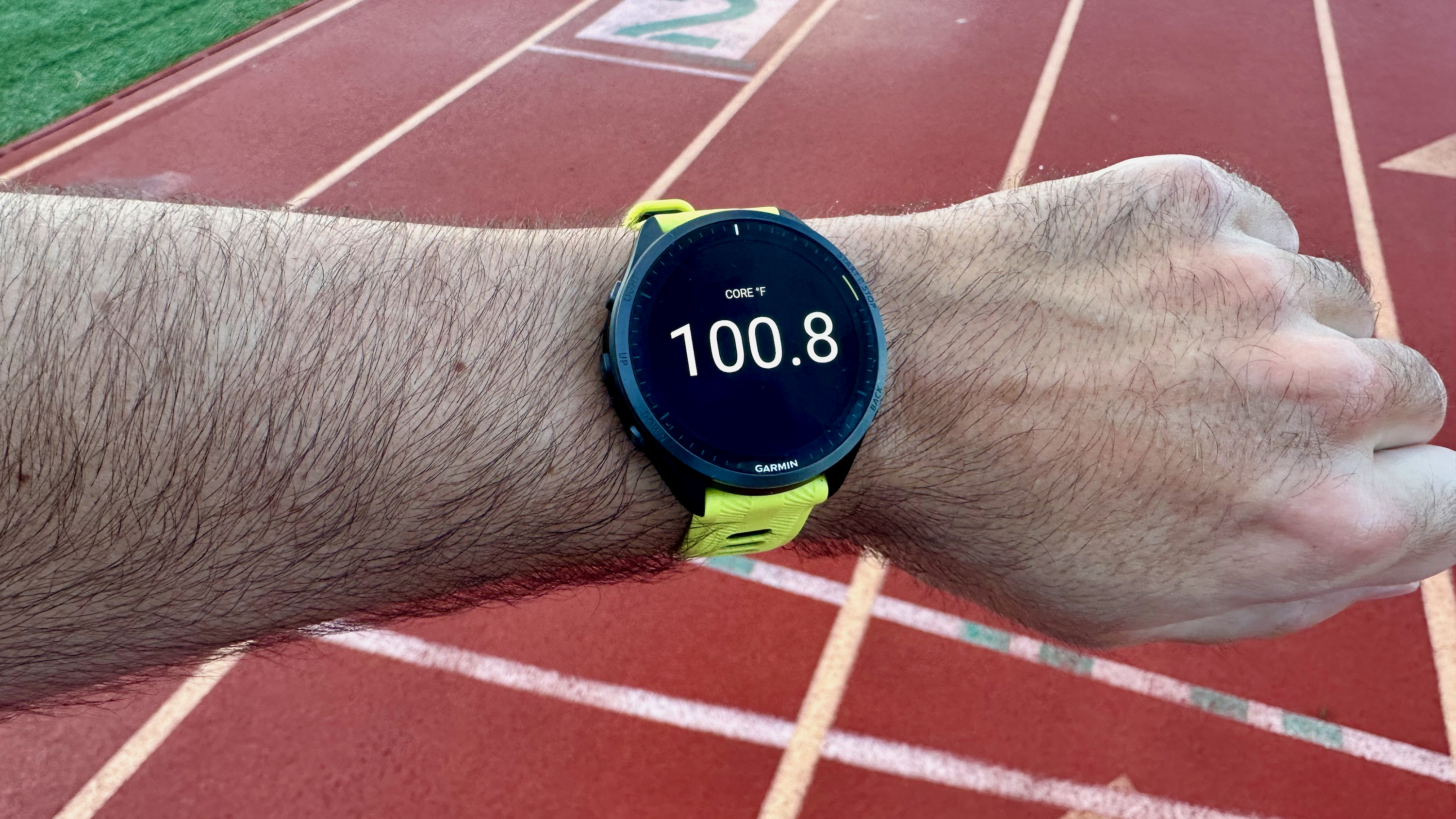
So far I’ve been focusing on heart rate zones, which is a very common metric. My goal is to do casual low-aerobic runs, long high-aerobic tempo runs, or fast-paced balanced anaerobic workouts to increase my VO2 max. But sometimes, it’s hard to understand why I perform better on some days and not on others.
Since I’ve been running with CORE’s temperature sensor, I’ve learned something that should be obvious in hindsight: As soon as I start running hard, my body experiences what amounts to a low-grade fever. Moderate exercise can keep you below 100.4°F/38°C, and my most recent anaerobic track workout put me at the top of the “ideal” workout zone (according to CORE) at 100.9°F/38.2° C.
Any higher and you enter the “heat workout,” or the more dangerous “red zone,” where your performance plummets. I rarely go near either area because running in the winter naturally reduces heat stress. But as the weather gets warmer, this is something you need to be vigilant about. There is only a 1°F difference between the ideal area for improved health and a serious health risk.
That’s why many Olympic or professional cycling teams and triathletes use CORE’s sensors for safety training. I’m firmly leaning toward recreational running, but it’s exciting (and a little frustrating) to venture into the world of professional metrics.
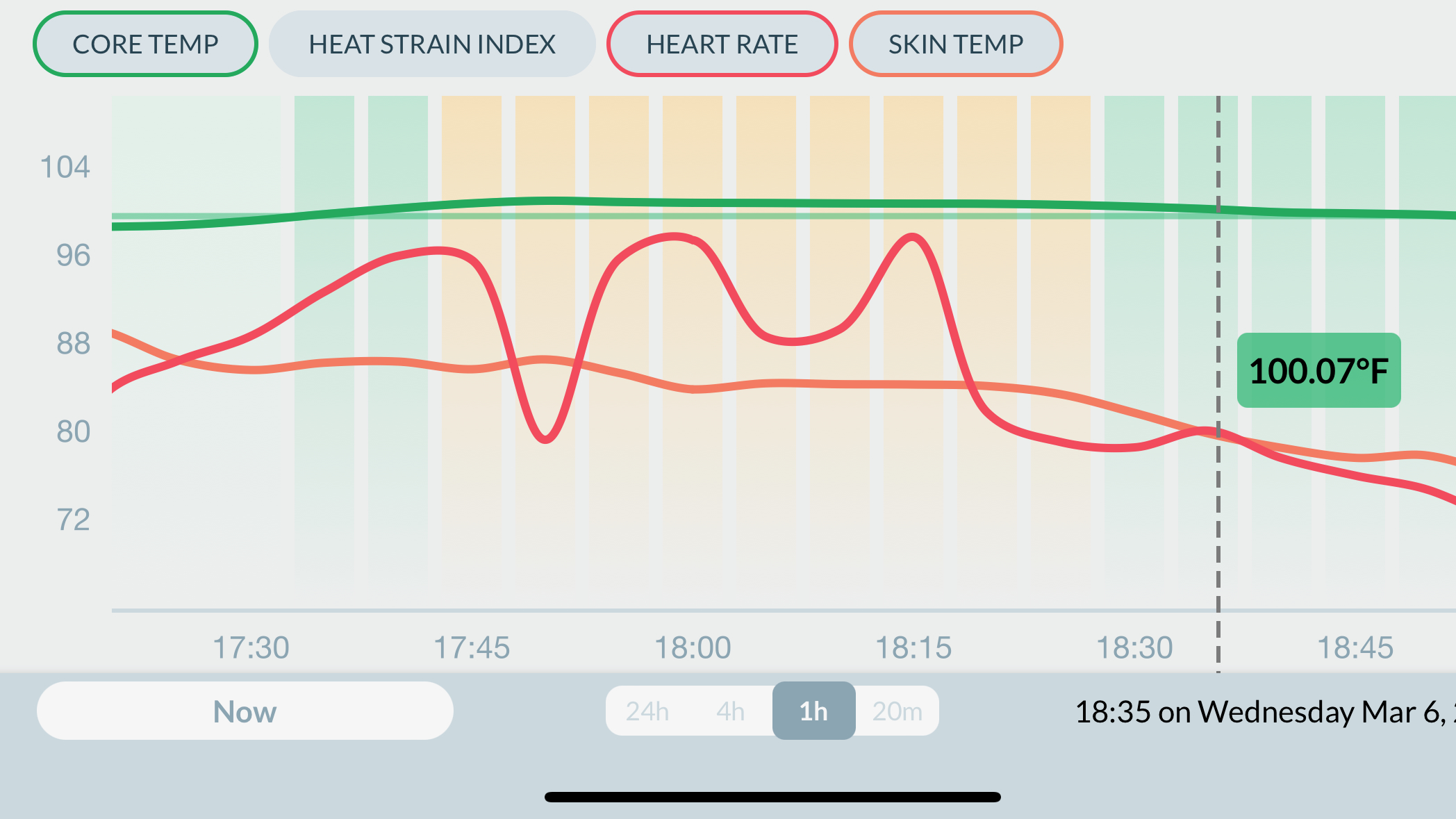
I say demoralized because I did relax the heat load, which is why my performance dropped off severely when I got to higher zones.
According to CORE, training in Zone 3 (approximately 100.5°F/38°C) actually “enhances immune function, allowing the body to respond to viruses and bacteria more effectively.”I’d love to see some scientific data to back this up, but it’s reassuring to know that rigorous running can improve your cardiovascular health and A healthier immune system.
The thing is, to see real performance gains, you need 45-60 minutes of activity at around 101.3°F/38.5°C. This temperature is not easy to achieve, especially if you actively avoid warm environments.
“When enough heat load accumulates in this area, the body increases plasma and, in turn, hemoglobin,” CORE’s blog post explains. “This allows the muscles to receive more oxygen at any temperature, thereby improving performance. The extra blood volume also helps cool the body in warm conditions.”
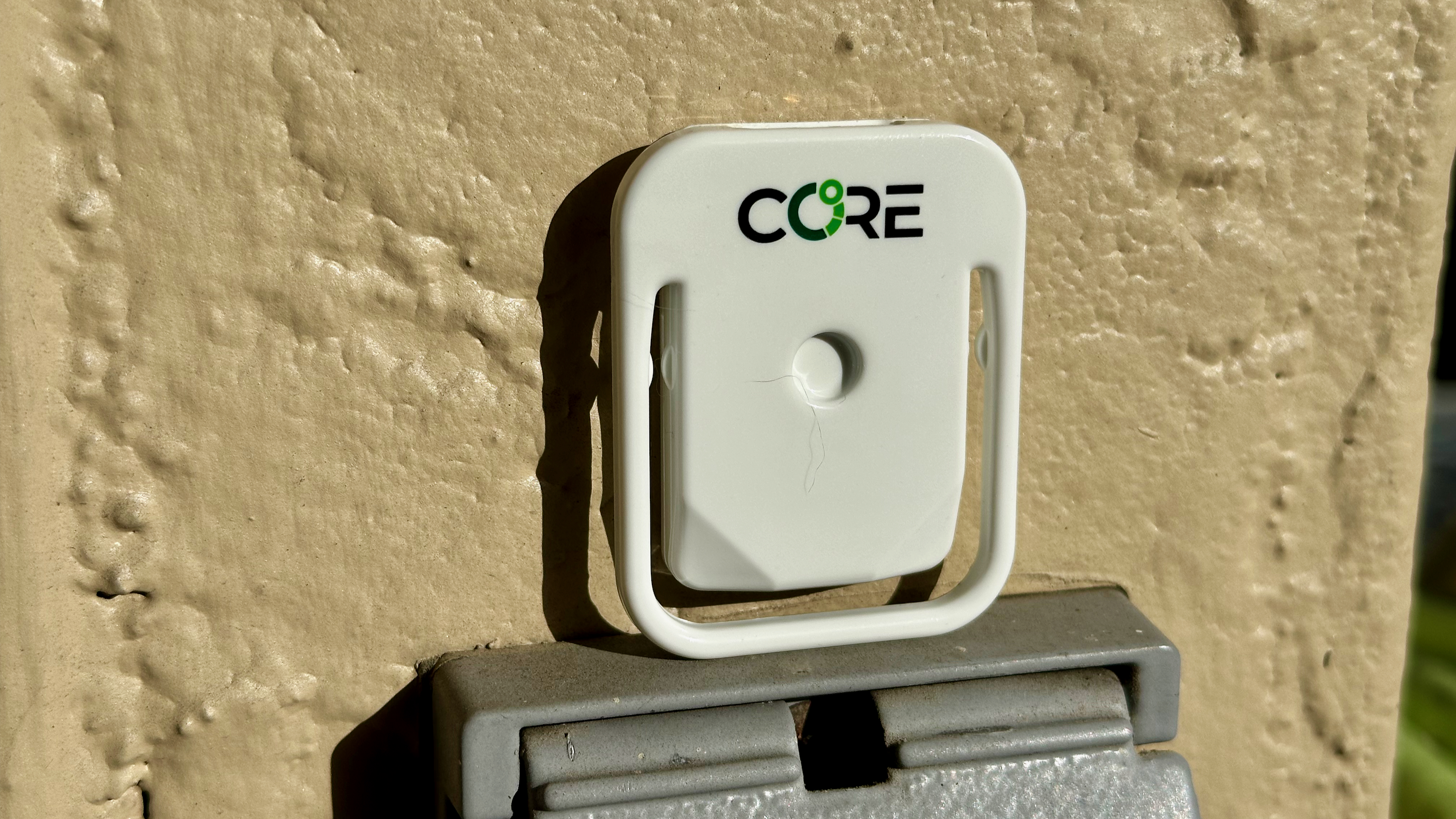
Just like a higher VO2 max means you can convert more oxygen into a higher energy threshold, a higher thermal load will ensure your body uses oxygen more efficiently in adverse conditions. This is especially important for marathoners or cyclists who need to maintain a consistent pace for hours, as your heart rate to performance efficiency ratio will never recover once you breach the higher caloric “zone.”
But if you just crawl into this zone under race conditions, the thermal strain of trying to cool down will only make you perform much worse than you did during training.
That’s why I try to use a CORE body temperature sensor to make sure I’m actually climbing into higher heat zones so that my body can better withstand the heat of race conditions. That means finding time to do more indoor cross-training in warmer conditions, or braving the California sun with plenty of sunscreen on. I then use the sensor to make sure I’m hitting the right areas, but not overdoing it.
Should you buy a CORE body temperature sensor?
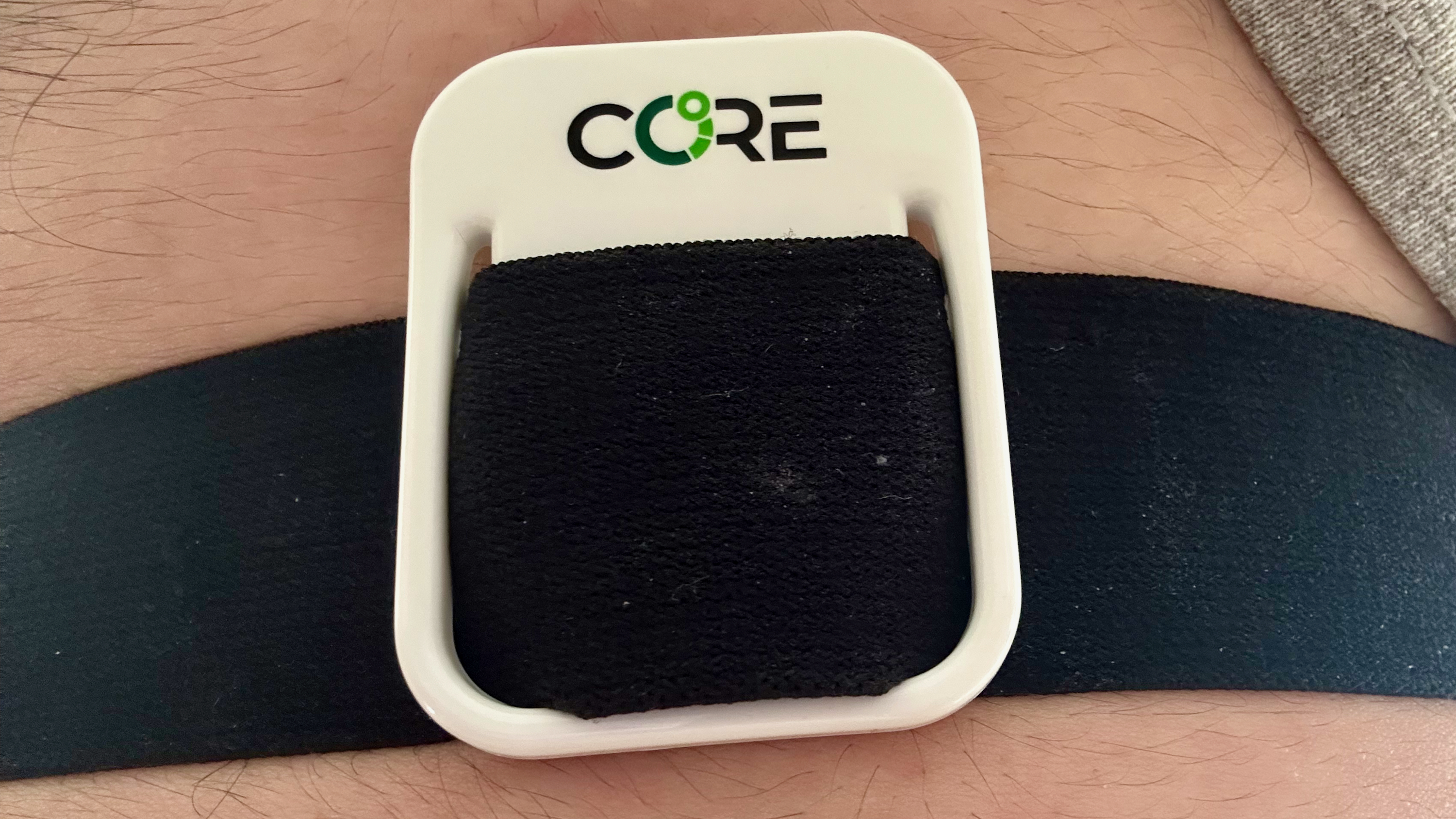
The CORE sensor has many advantages, but also some disadvantages that make it unsuitable for some athletes.
On the plus side, the sensor works with almost any fitness watch thanks to BLE and ANT+ support. Depending on the device ecosystem, CORE will usually have some way of making your temperature data visible on the watch in real time, such as the Wear OS app and the Connect IQ downloadable data field.
In my testing, I found the data to be fairly consistent and accurate (at least compared to my CVS thermometer). However, it can sometimes give you unreasonably low numbers if you don’t attach it to your skin correctly, so make sure you check the numbers in the app before you start running or riding and give it a few minutes. to adapt to your body’s data.
The CORE app displays graphs of your core and skin temperature alongside your heart rate during your workout. You’ll also find graphs showing daily thermal strains and heat loads, as well as long-term average temperature and strain and load trends over time. For the serious athlete, it has almost all the information you need.
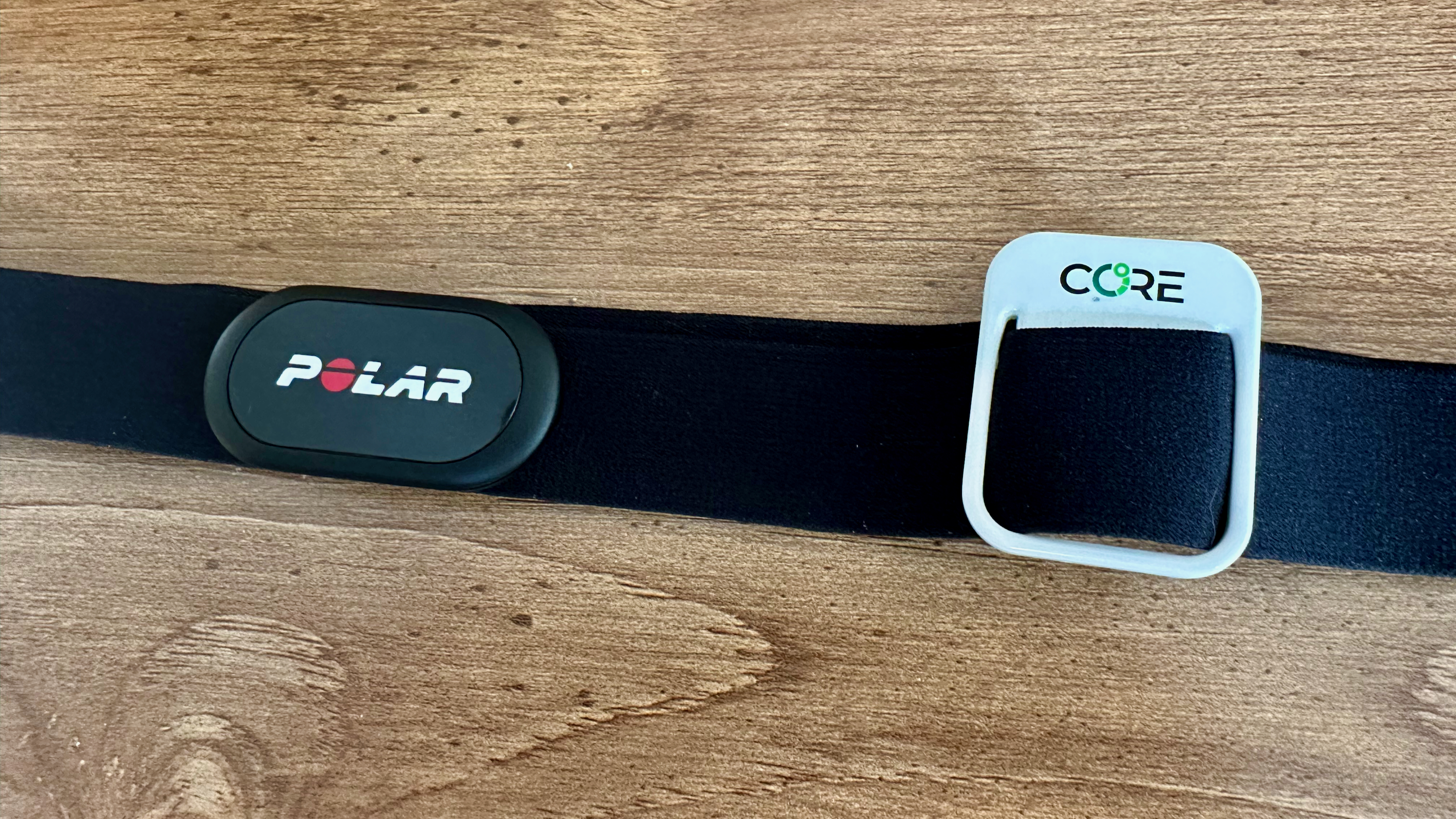
Unfortunately for frugal runners, the CORE Body Temperature Sensor costs a hefty $284.95, about the same price as a smartwatch or a few pairs of high-end running shoes. Unless you’re a cyclist who needs constant temperature monitoring on multi-hour jaunts, or a runner who racks up a lot of weekly miles, this is probably out of your reach.
While it comes with some “medical-grade adhesive strips” to keep it stuck to your body for extended periods of time, they’re not meant for fast-moving, sweaty workouts. You’ll need to be comfortable wearing an attachable HRM chest strap; technically you could use an armband like the COROS heart rate monitor, but CORE admits that “core body temperature measurements are less accurate” unless worn on the chest .
I think it would be especially exciting if CORE (or another brand) sold a chest strap that packaged heart rate and core temperature data together, preferably with a slightly more reasonable price tag. But while this sensor is arguably a niche tool for professional athletes, the idea behind it—training your body to better withstand high thermal loads—is far more important than most athletes realize.
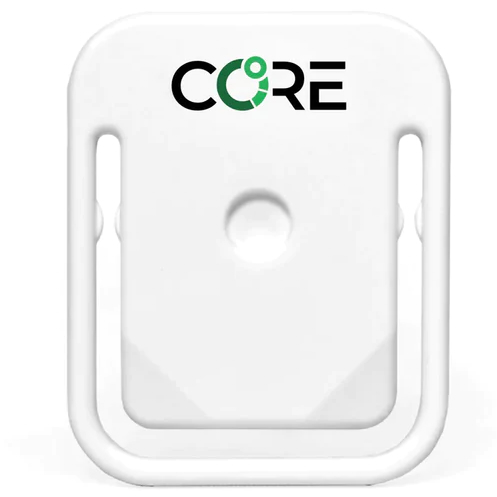
CORE body temperature sensor
New training focus
The CORE Body Temperature Sensor is ideal for professional cyclists, triathletes and runners who want to take their heat load training to the next level. It clips onto a chest strap and provides continuous data on your body’s core temperature, something a smartwatch can’t provide. You will then know how your body fares under heat stress and whether you improve over time.